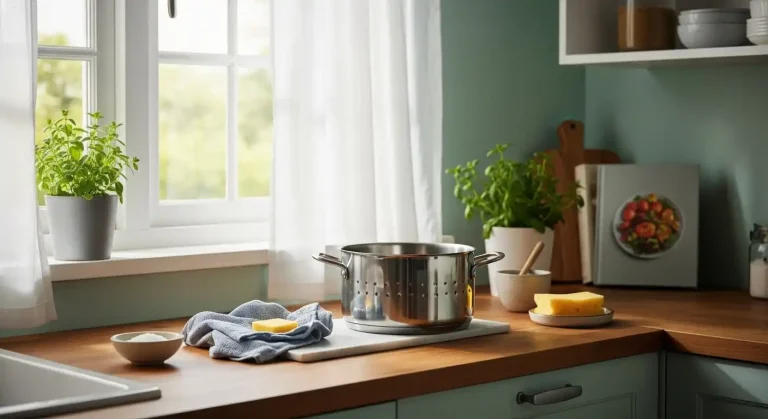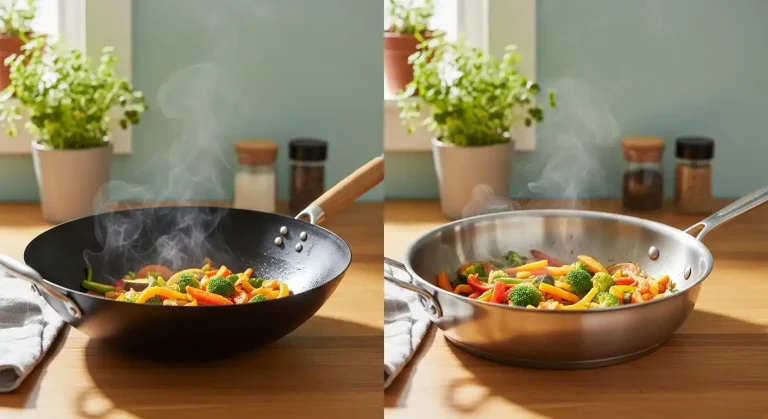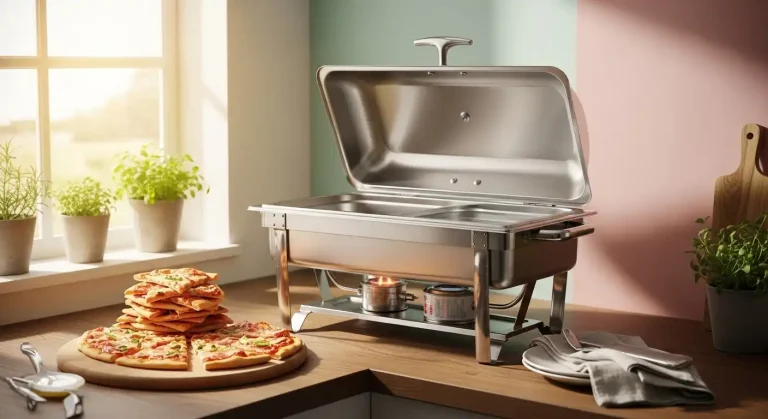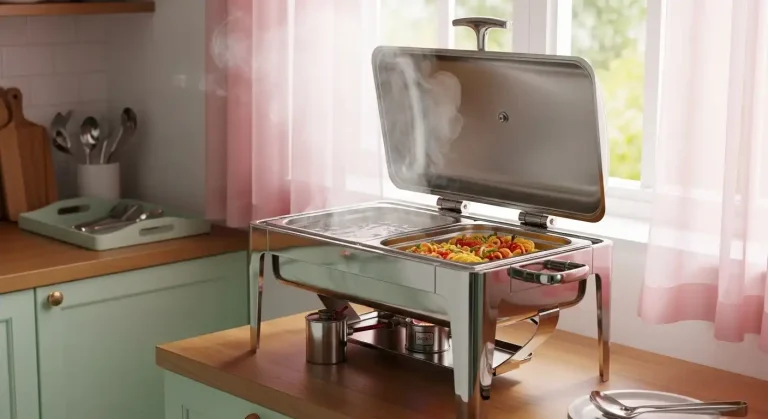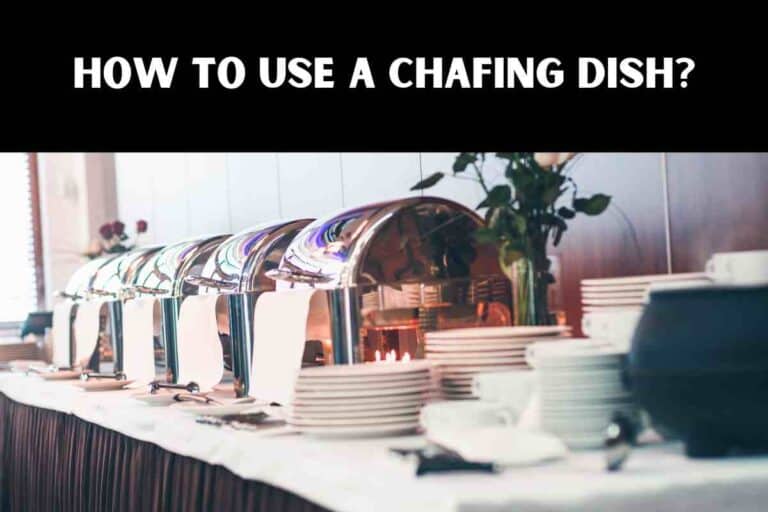How to Stir Fry Without a Wok (and Still Get That Smoky Flavor)
You can stir fry without a wok by using a large, heavy skillet or frying pan with high sides, ensuring it’s preheated well to mimic the high heat of a wok. Use small batches, keep ingredients moving, and avoid overcrowding the pan for best results.
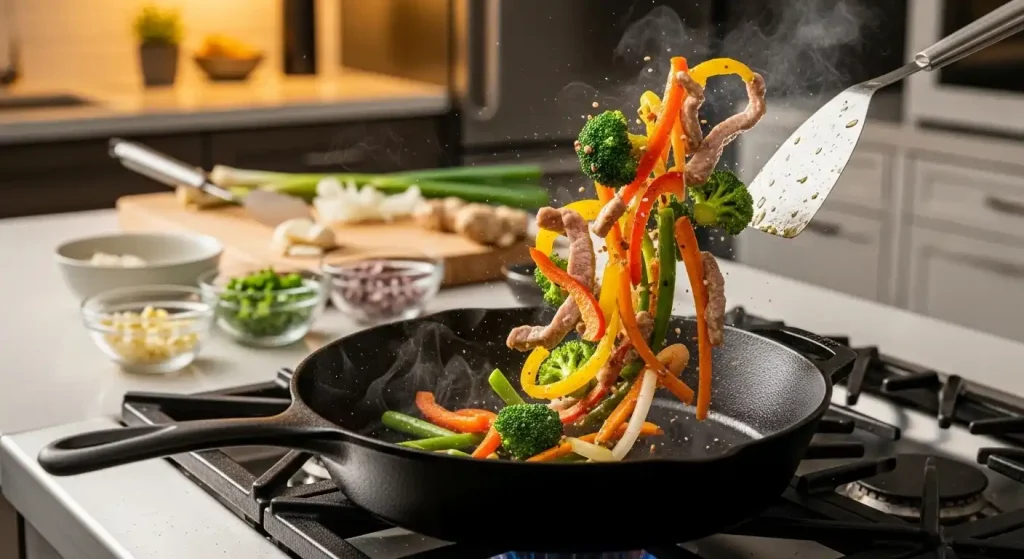
So, you’re craving a good stir fry—but you don’t have a wok.
Same here.
For the longest time, I thought I needed a fancy, high-sided wok to even attempt stir frying at home.
🎄 Christmas & Year-End Amazon Deals !
Don’t miss out on the best discounts and top-rated products available right now!
*As an Amazon Associate, I earn from qualifying purchases.
I imagined flames leaping, sauces sizzling, and vegetables flying through the air like in those restaurant kitchens.
But truth is? You can make a delicious, crisp, flavor-packed stir fry—no wok required.
In fact, with the right technique and a few simple tools you probably already have in your kitchen, you can pull it off like a pro.
Let me show you exactly how to stir fry without a wok—and still get that perfect texture and bold flavor you’re craving.
Why People Think You Need a Wok
Woks are designed for high-heat, fast cooking with a curved surface that helps toss ingredients easily.
That’s why many recipes insist on using one.
But what really matters isn’t just the shape—it’s the technique.
Once you understand that, you can adapt almost any skillet to do the job.
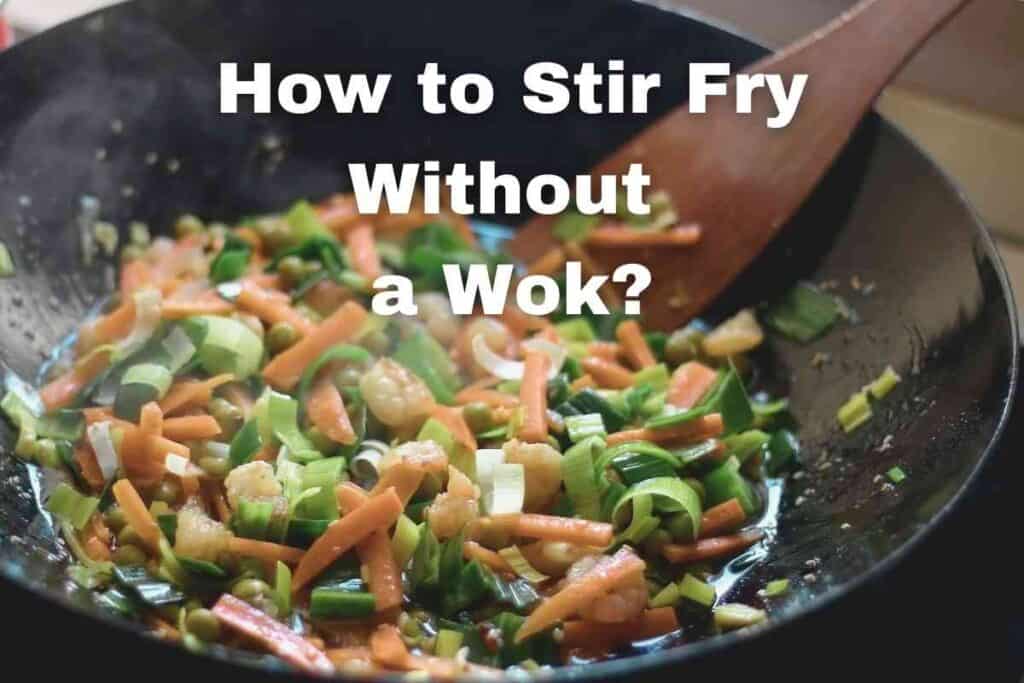
Why a Wok Isn’t a Must-Have
It’s a common belief that you need a wok for stir-frying, but that’s not true.
Most home stovetops (especially electric or induction) don’t produce enough heat to replicate professional wok cooking and those famous “wok hei” flavors.
Instead, a large skillet or sauté pan—which you probably already own—provides a flat surface for even searing and room to cook ingredients in batches without crowding.
Before You Start: What You Need to Know
You’ll need a few basics in place before you stir fry without a wok:
- A wide, flat-bottomed pan or skillet: Cast iron or stainless steel works best.
- High-smoke point oil: Such as peanut, avocado, or sunflower oil.
- Prepared ingredients: Everything chopped and measured ahead—stir frying moves fast.
- High heat and ventilation: Stir frying involves quick cooking over strong heat. Turn on your kitchen fan or open a window if needed.
Technique Matters More Than Tools
What makes a stir fry successful isn’t the wok—it’s the cooking process.
High heat, quick movements, and layering ingredients in the right order are the key.
🎄 Christmas & Year-End Amazon Deals !
Don’t miss out on the best discounts and top-rated products available right now!
*As an Amazon Associate, I earn from qualifying purchases.
Even in a regular pan, if you respect the heat and sequence, you’ll get that classic stir-fry flavor and texture.
Essential Tools & Kitchen Setup
Pan Selection
- Stainless steel or cast iron skillet (11–12″) with sloped or straight sides offers excellent heat retention and surface area .
- Sauté pan is another great option—its tall sides help contain sauces and reduce splatter.
Oil with High Smoke Point
Choose oils like peanut, grapeseed, avocado, or rice-bran—these handle high heat without burning.
Mise en Place
Prep everything—slice veggies, marinate meat, whisk sauce—before heating the pan.
Stir-frying progresses quickly, and any delay can lead to burning or uneven cooking.
Heat Management & Cooking Method
Preheat & Heat Zones
Preheat your pan over medium-high until oil shimmers or lightly smokes. That’s the signal it’s ready for searing.
Keep the heat at medium-high to high throughout for fast cooking and crisp textures.
Batch Cooking
Cook protein and vegetables in batches to avoid overcrowding, which leads to steaming, not searing.
Transfer cooked batches to a bowl, then return them later for finishing.
Stir & Toss Technique
- Keep it moving: Stir or toss ingredients every few seconds for even browning and to prevent sticking.
- Zone management: Push cooked pieces to pan edges while you cook the next batch—this helps maintain temperature control .
Sauce & Finishing Touches
- Sauce timing: Pour in your sauce only after meat and veggies are nearly done. Heat for 30–60 seconds while stirring to let it thicken and glaze the food .
- Extra flavor boosters: Add finishing touches like fresh garlic, ginger, scallions, herbs, or a sprinkle of sesame seeds.
Pro Tips & Troubleshooting
| Issue | Fix |
|---|---|
| Food soggy | Pan not hot enough or too much food loaded at once |
| Excessive splatter | Use less oil, preheat less time before adding aromatics |
| Veg overcooked | Blanch firmer veggies ahead, stir-fry soft ones quickly |
Try adding crunchy nuts (e.g., peanuts, cashews) or seeds at the end for texture and flavor .
Tips to Boost Your Stir Fry Game
Even without a wok, you can level up your results:
- Avoid overcrowding the pan. Cook in small batches if needed.
- Pat ingredients dry. Moisture causes steaming, not stir frying.
- Preheat your pan. It should be hot before the oil goes in.
- Use aromatics. Garlic, ginger, and green onions add instant depth.
- Sauce at the end. Add it in the final minute for maximum flavor without sogginess.
Final Takeaways
- Wok ≠ essential: A large skillet or sauté pan works wonderfully with the right techniques.
- Keys to success: high heat, quality oil, small batches, preparation, and constant motion.
- Flavor control: Add sauce and aromatics late to preserve crispness and enhance taste.
Wrapping It Up
Stir-frying without a wok is not only possible—it’s practical and delicious when using the right technique.
With a good skillet, prepped ingredients, and high heat, you can nail crisp textures and punchy flavors.
🎄 Christmas & Year-End Amazon Deals !
Don’t miss out on the best discounts and top-rated products available right now!
*As an Amazon Associate, I earn from qualifying purchases.
Next time you crave a quick stir fry, skip the specialty tool—lean into technique and get cooking!
Let me know if you’d like me to refine any section or add recipes.
Frequently Asked Questions
Q: Can I use non-stick pans for stir-frying?
Non-stick isn’t ideal for intense heat—it may degrade. If you must, keep heat moderate and use high smoke-point oil.
Q: How do I keep vegetables crisp-tender?
Blanch firmer veggies first, then stir-fry quickly on high heat—don’t crowd the pan .
Q: What if my oil splatters even at high heat?
Use slightly less oil and don’t overheat before adding wet ingredients .
Q: How do I mimic wok hei at home?
Sear with very high heat, cook in small batches, and consider using a blowtorch for extra char.

